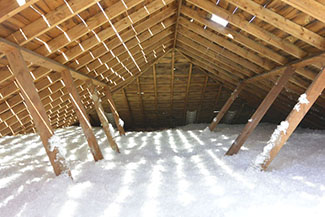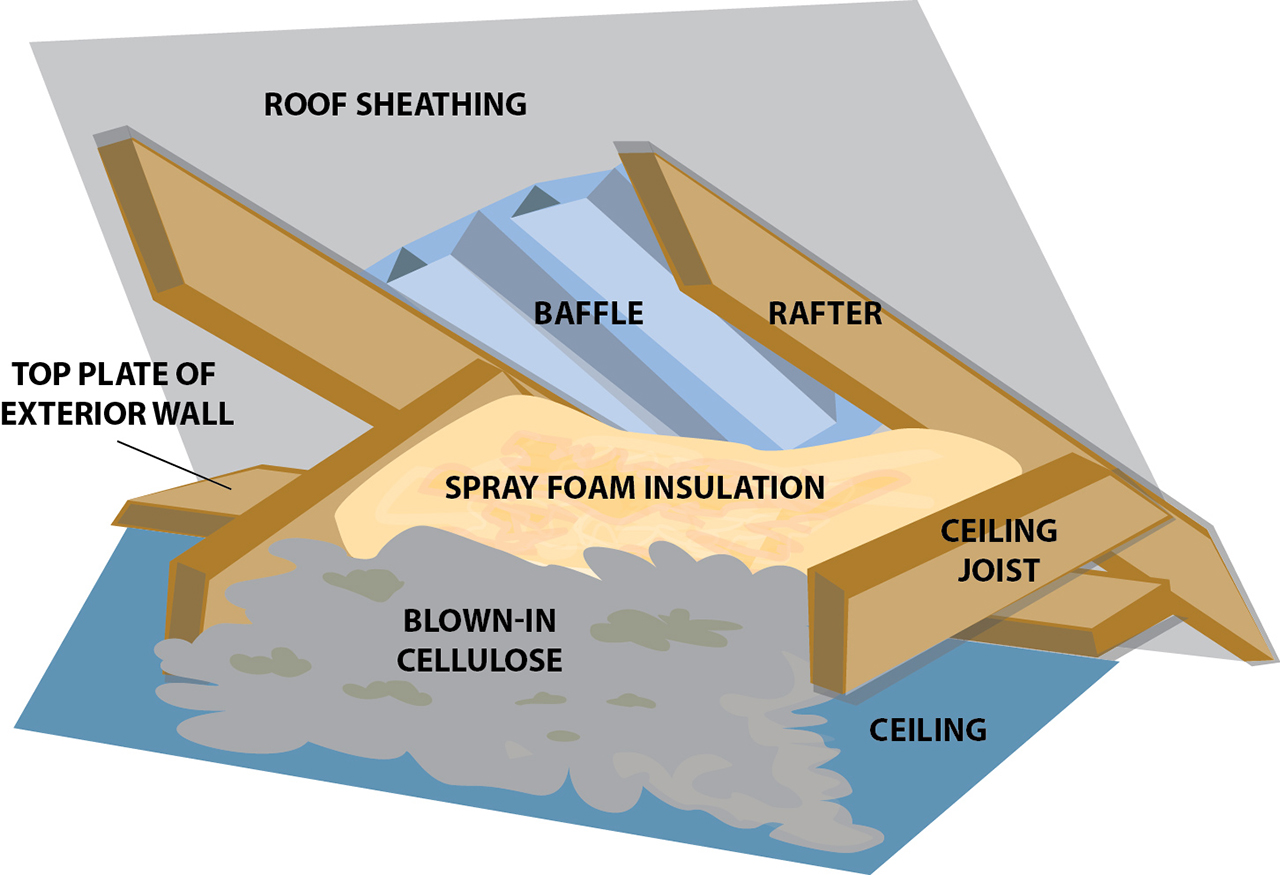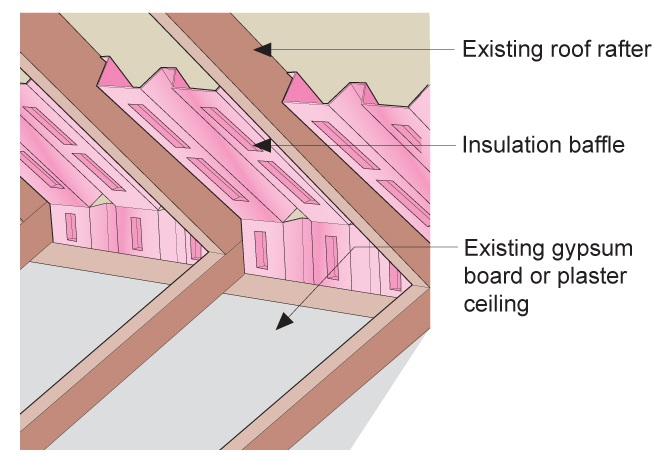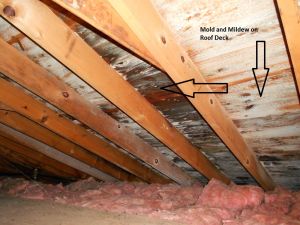A lot of builders and homeowners are going with spray foam insulation because of the airtightness benefits but then the questioner mentioned that the spray foam contractor had intentionally left big holes to the outside by not sealing the gable vents.
Do you need to vent an attic with exterior insulation.
This is more expensive and usually requires a contractor but it may be worth the cost especially if you live in a very cold climate.
The space above the top plate of exterior walls at the bottom of each rafter bay is especially important.
The two products most often used in an unvented attic assembly are medium and low density sprayed polyurethane foam spf.
For diy attic insulation you ve got two choices.
Both can be added to uninsulated attics or layered over existing material.
For example you can use ridge vents mushroom cap vents upper gable end vents fans high mounted attic fans etc.
Remember your main goal is to get air moving through the attic by entering the attic space down low near the overhang eave level and leaving the attic near the peak of the roof.
When it comes to the various types of attic insulation used throughout building structures one of the most popular to use is spray foam insulation.
If your attic has enough insulation and proper air sealing and your home still feels drafty and cold in the winter or too warm in the summer chances are you need to add insulation to the exterior walls.
Remove any insulation from the new vent photo by merle henkenius.
If the attic is insulated with fiberglass batts just pull back any that are blocking the flow of air.
The success of a vented attic or roof deck relies on its airtightness.
Earlier this year i got a question about a home that had spray foam insulation in the attic.
Baffles placed in this area channel intake air into either the attic space or vent chutes and also prevent insulation from falling into the soffit and blocking airflow.
All of these components are important to maintaining a safe and effective infrastructure and thus the increasing need for proper and safe attic ventilation.
Rafter vents or insulation baffles install in any rafter space to create narrow gaps that direct fresh air from the soffit vents to the peak of the roof.
In cold climates the primary purpose of attic or roof ventilation is to maintain a cold roof temperature to control ice dams created by melting snow and to vent moisture that moves from the conditioned space to the attic ventilation acts to bypass the vapour barrier created by most roof.
The soffit vents are now installed but you still need to make sure there s no insulation blocking the new vents.
Nothing unusual about that.
Once you ve decided which type is best for you examine the material options and prices to home in on the right product.
Loose fill or batt the common term for blanket insulation.
In this design insulation effectively separates the interior and exterior spaces while slowing down moisture flow so the dewpoint is not achieved within the building envelope.







